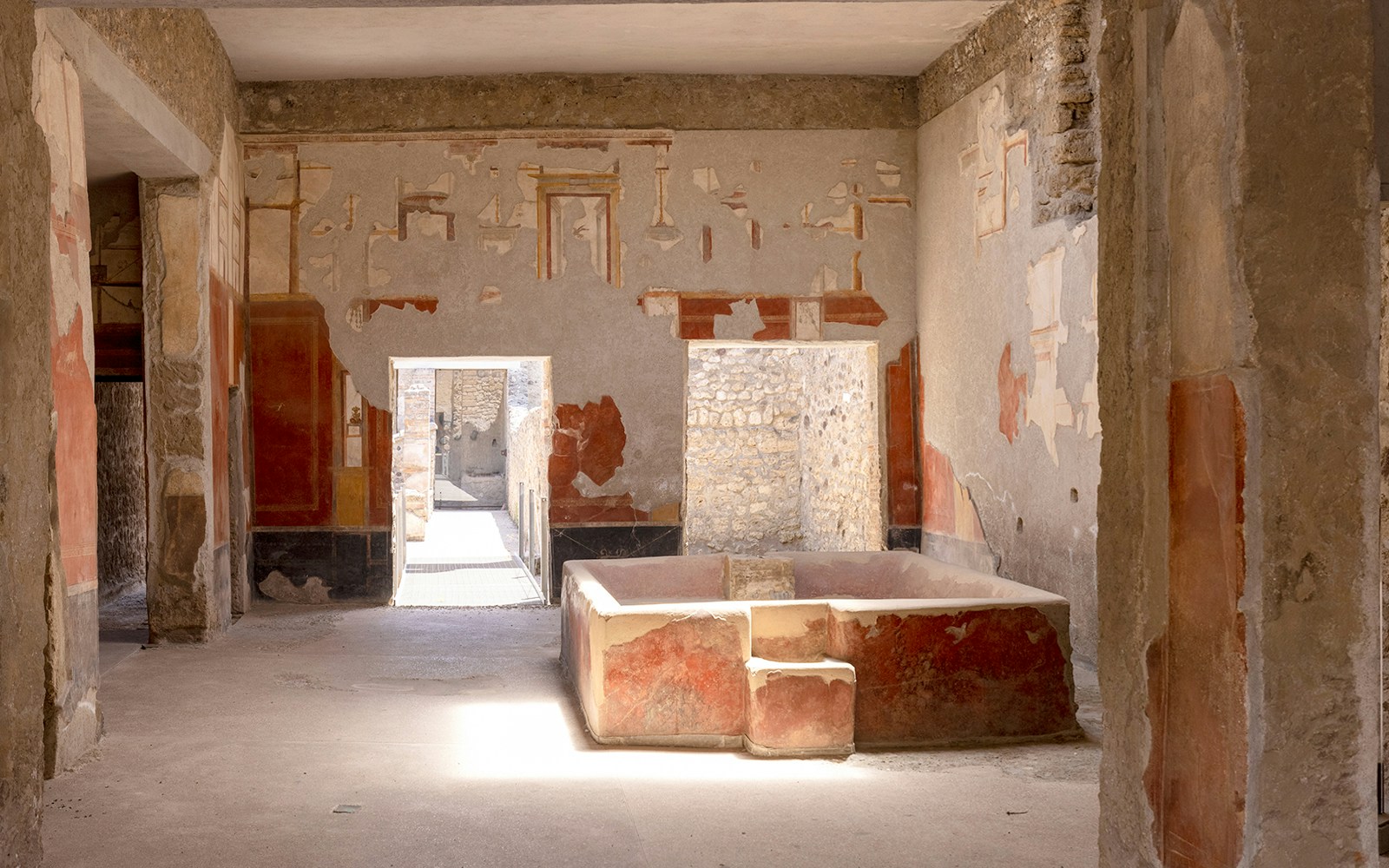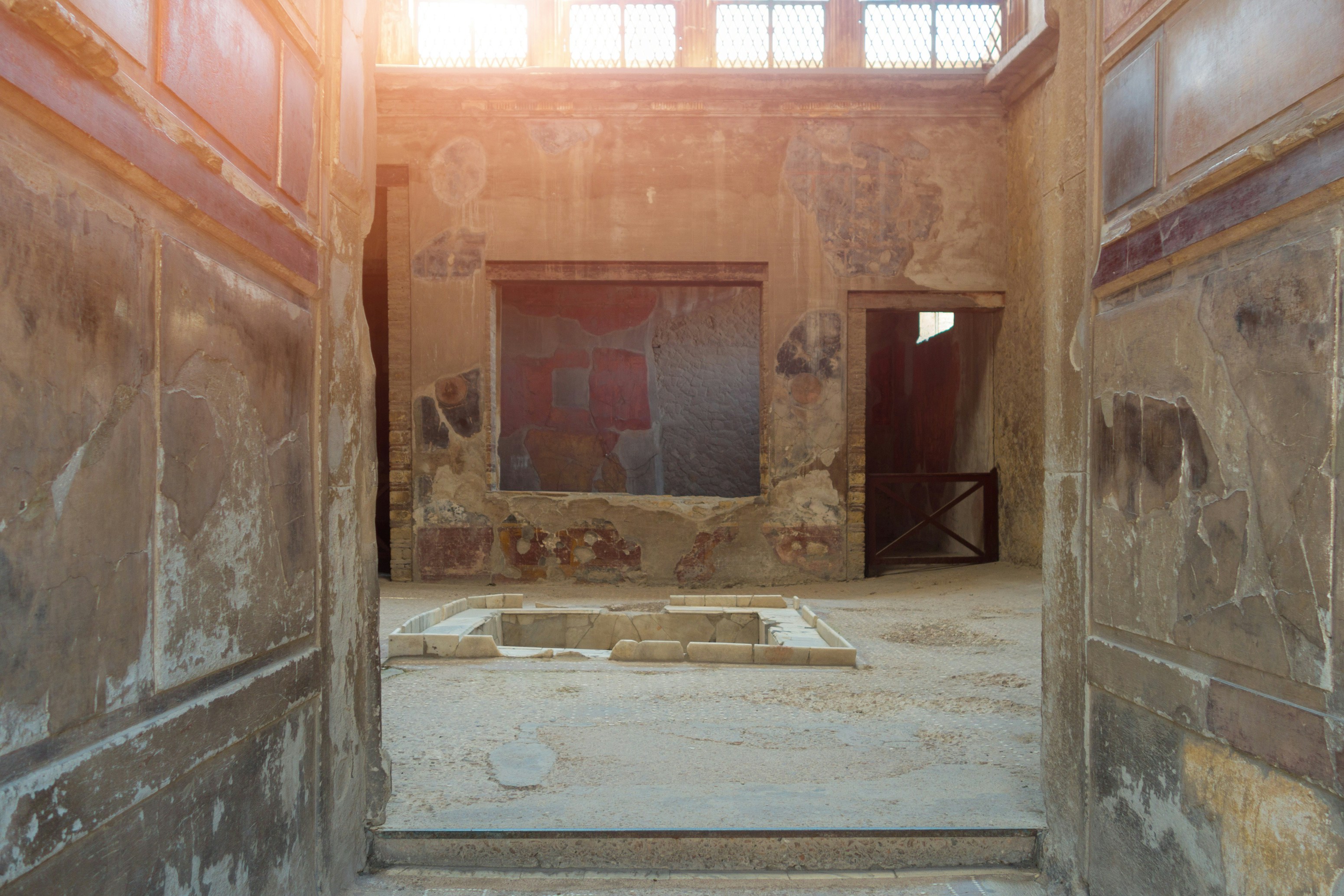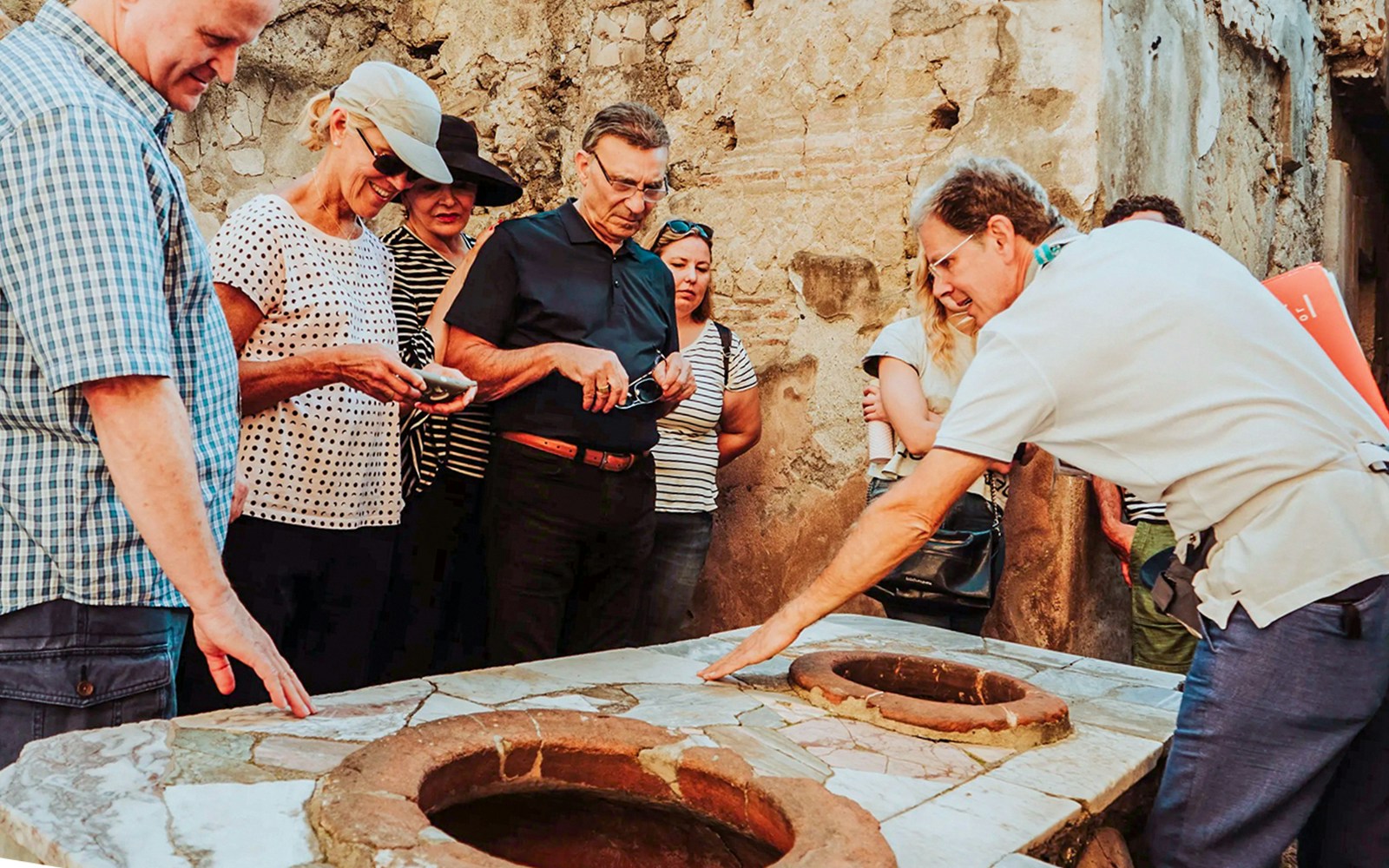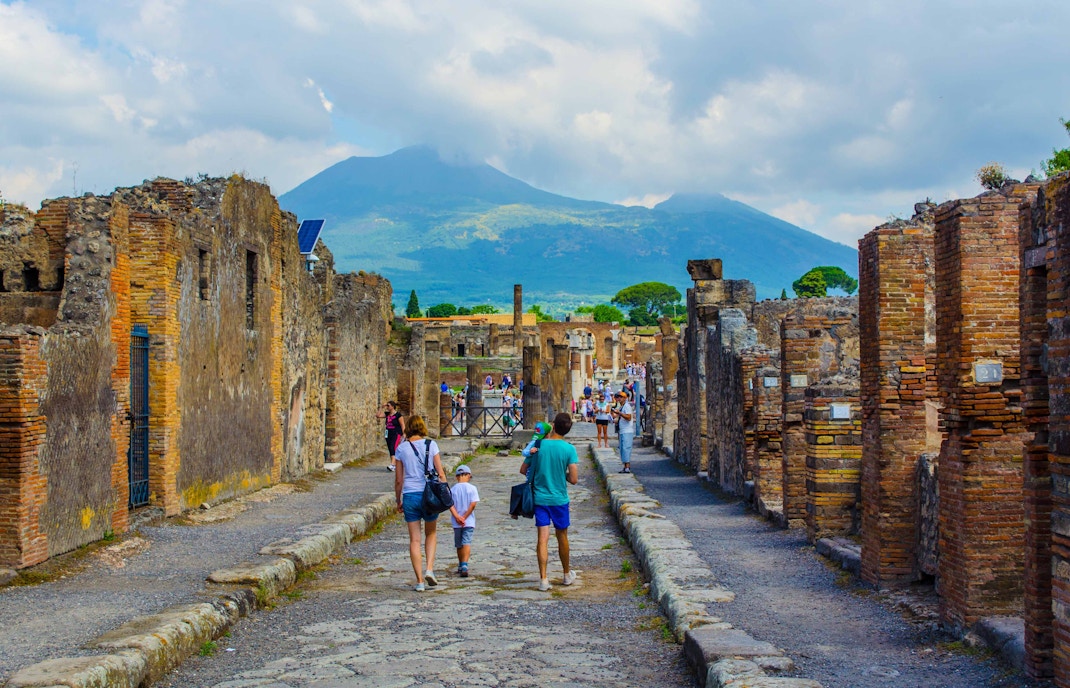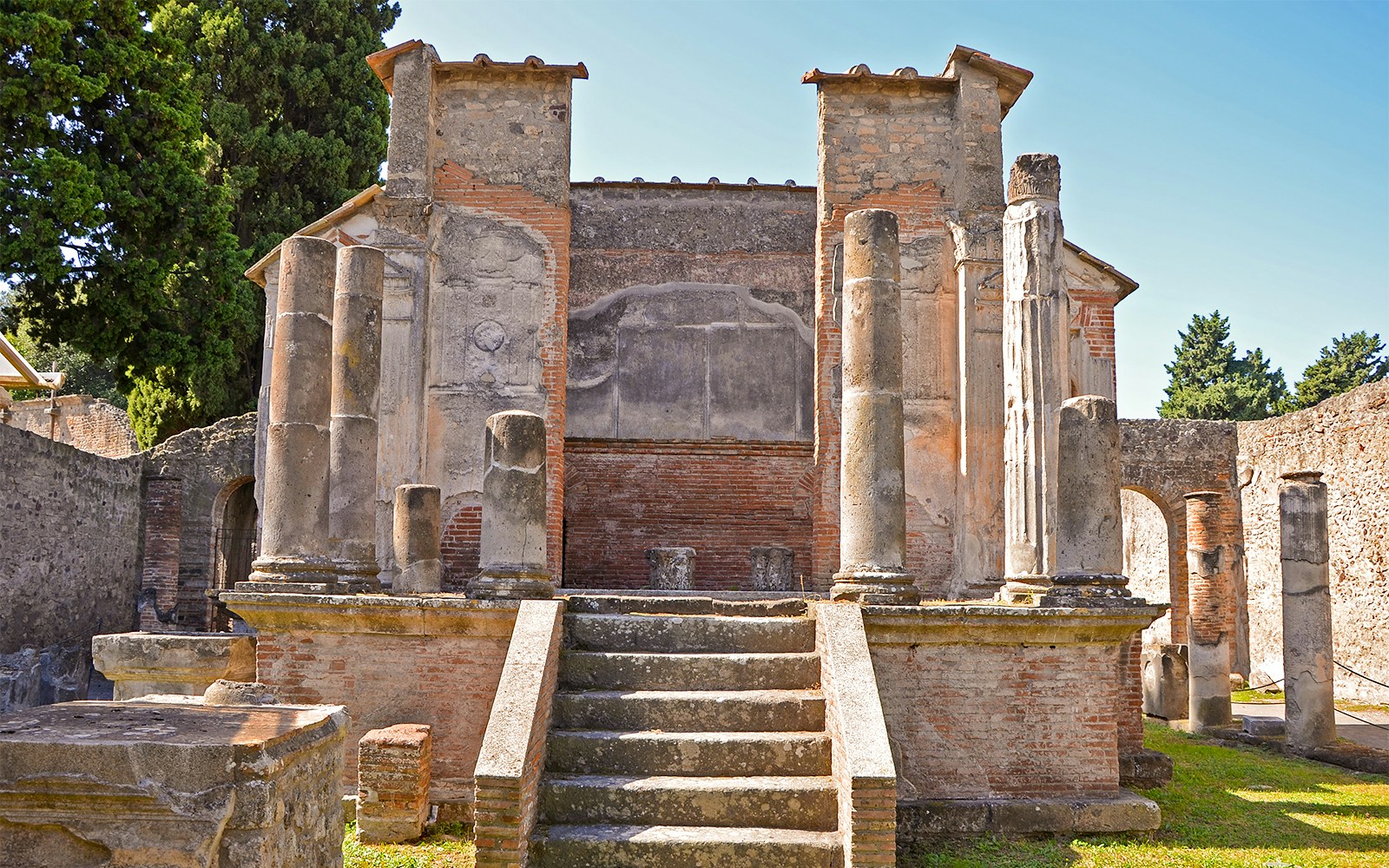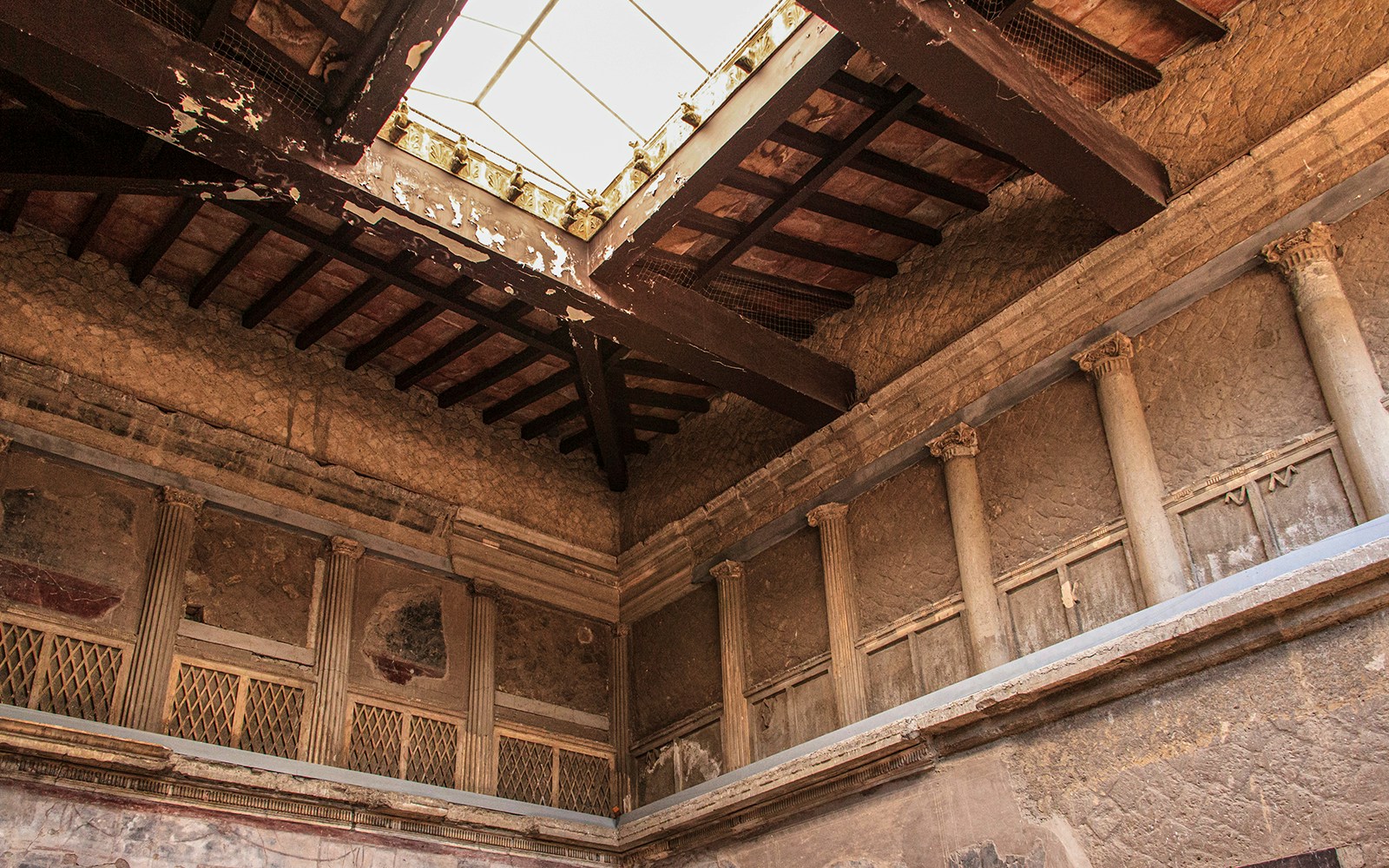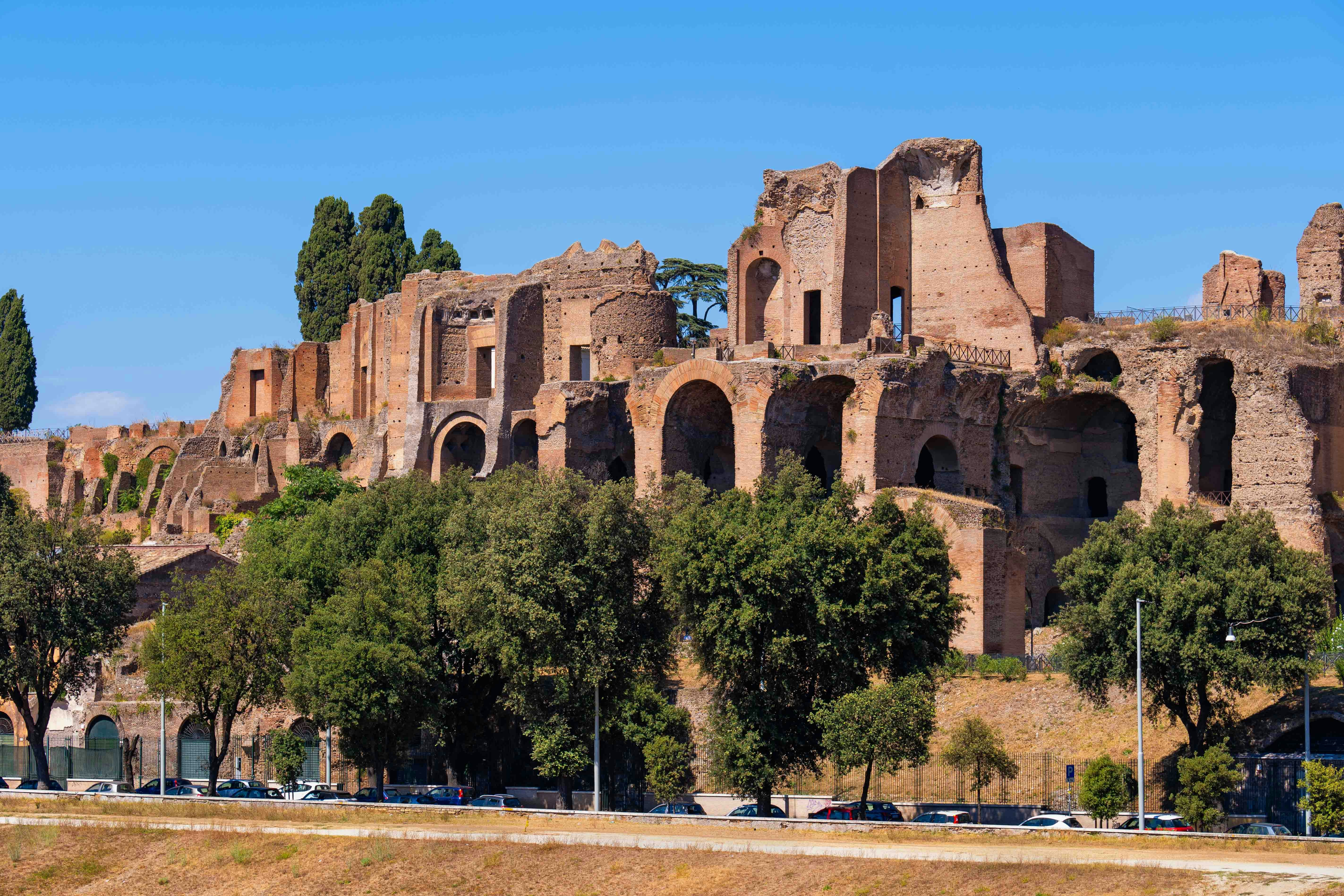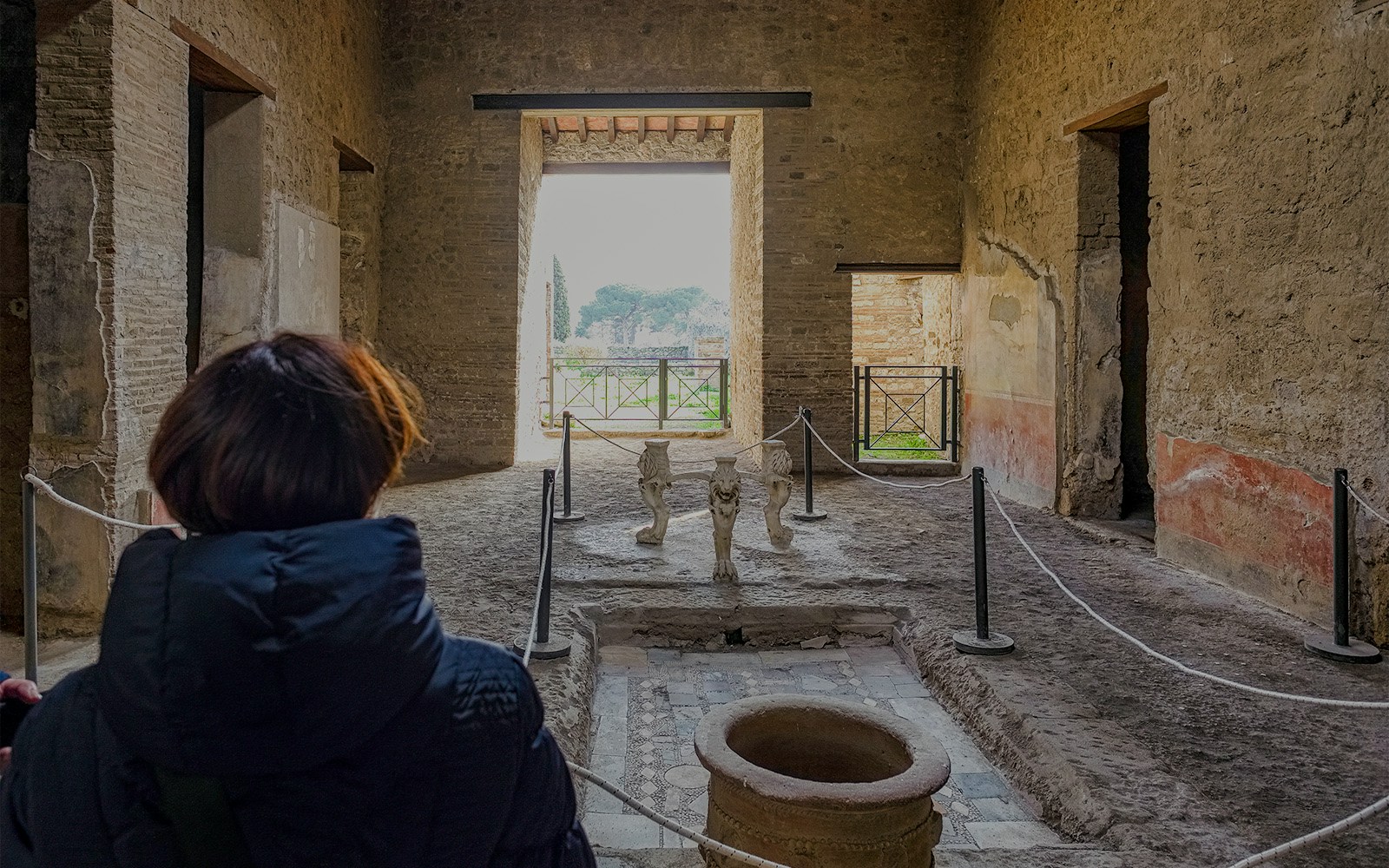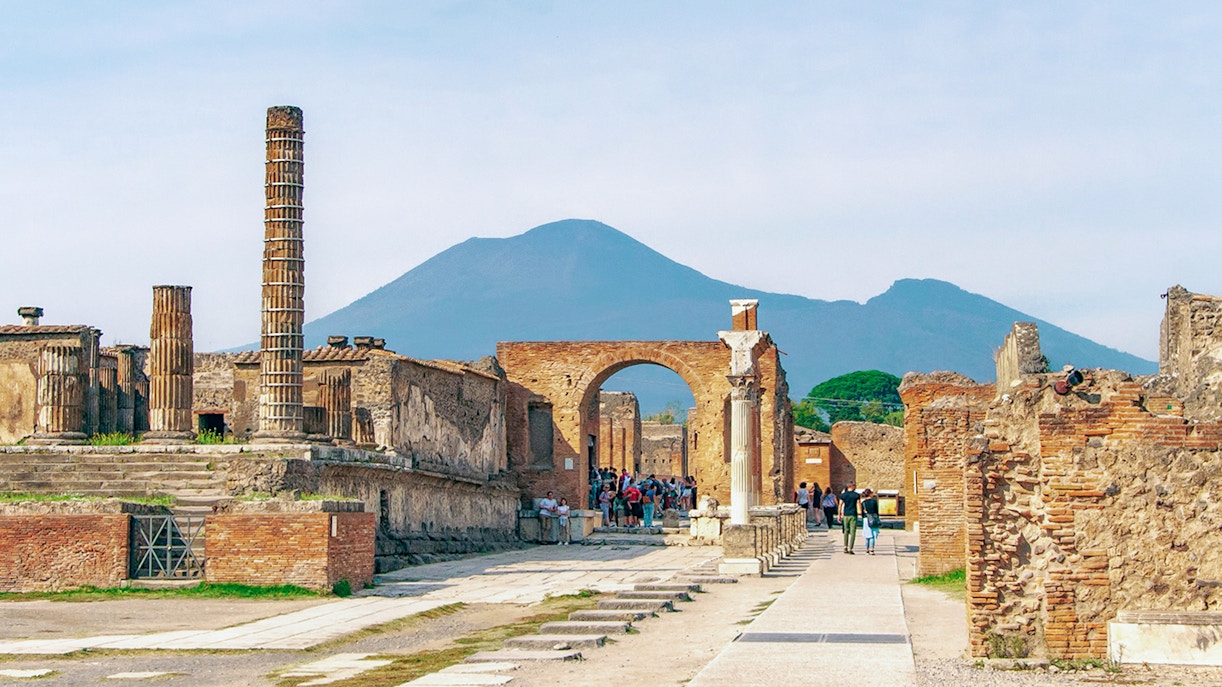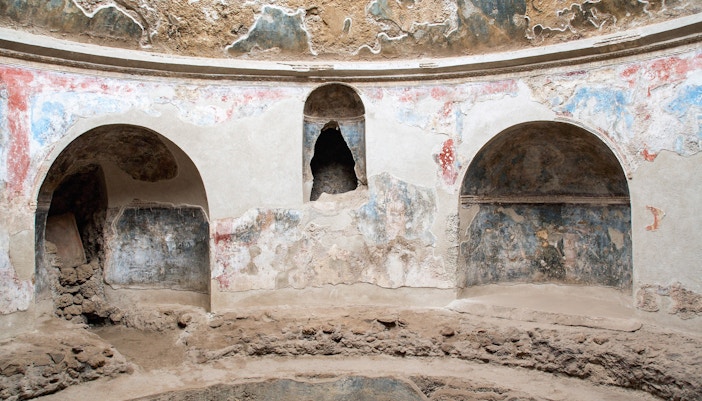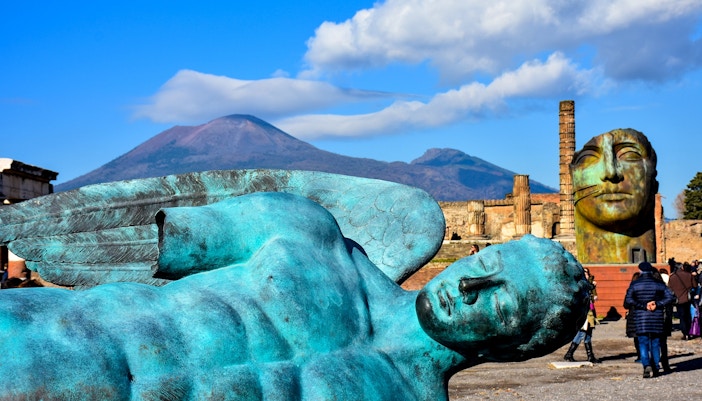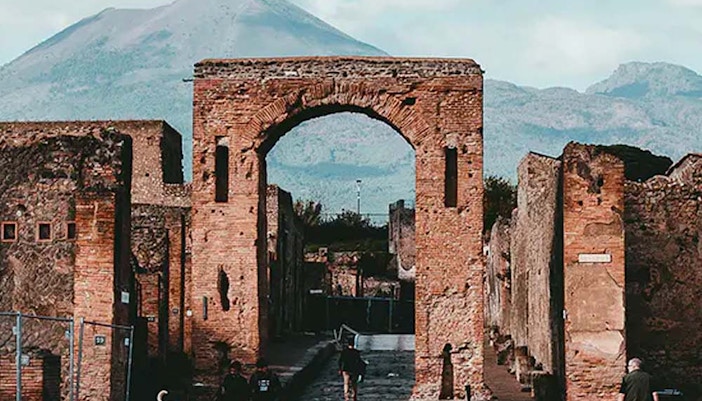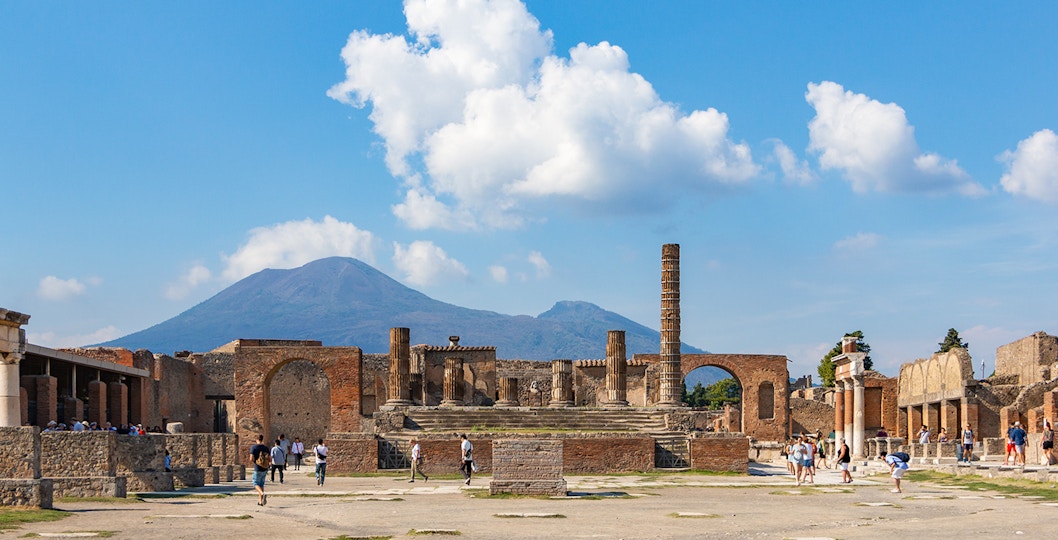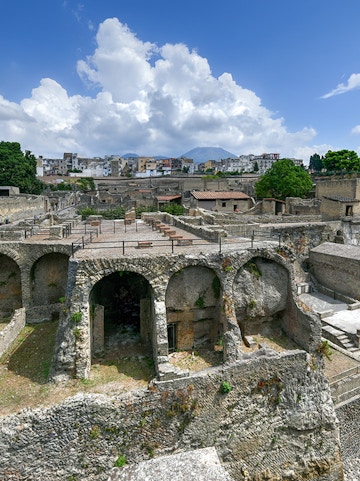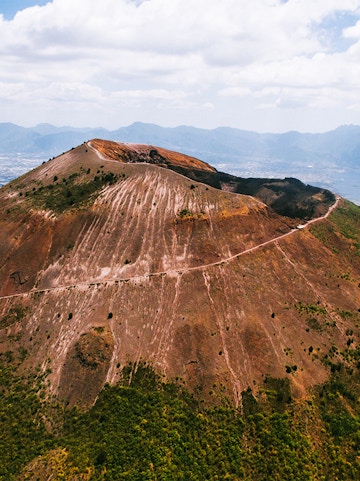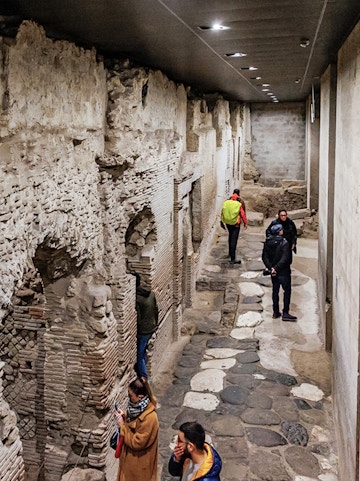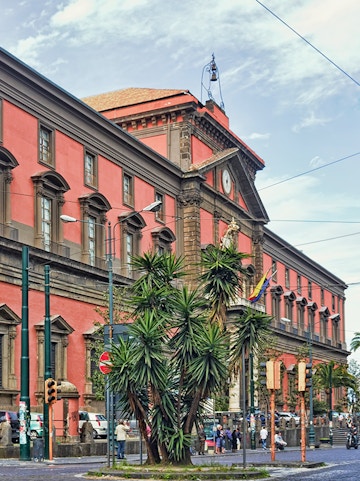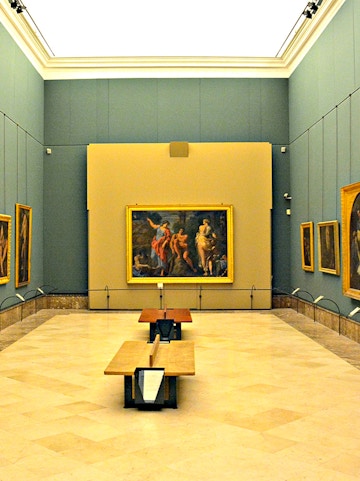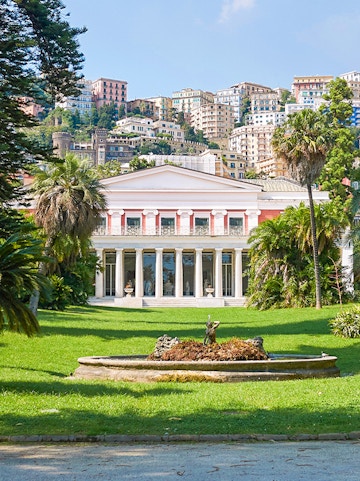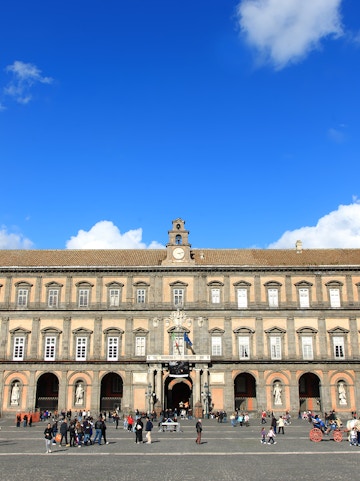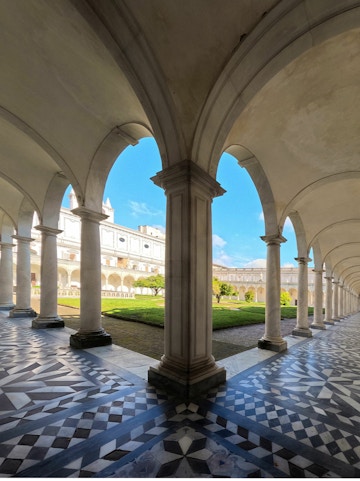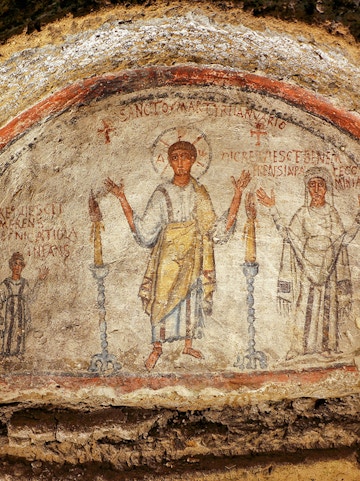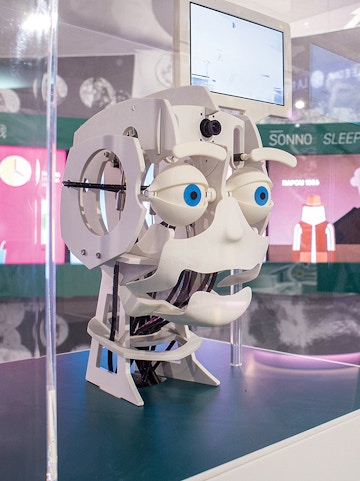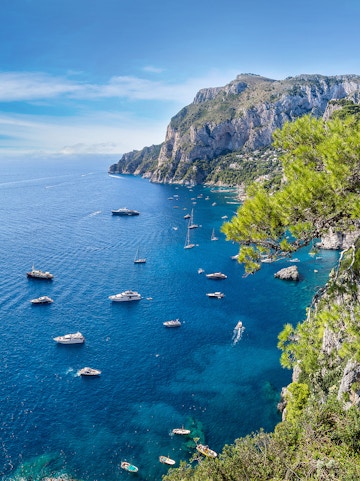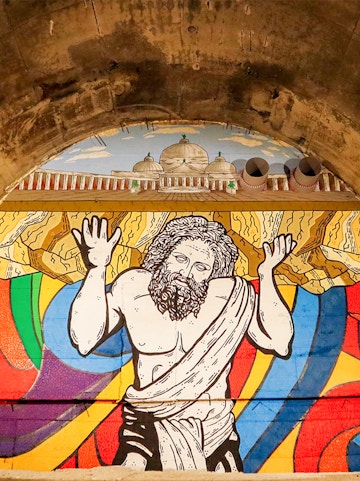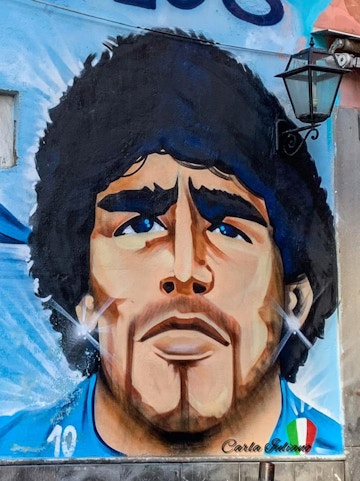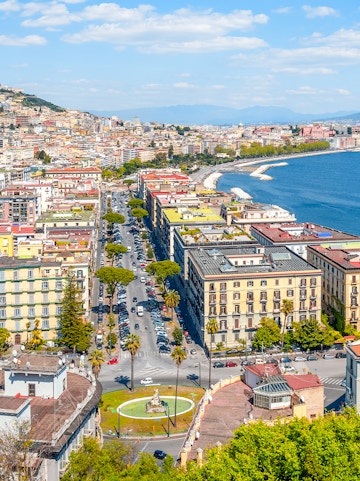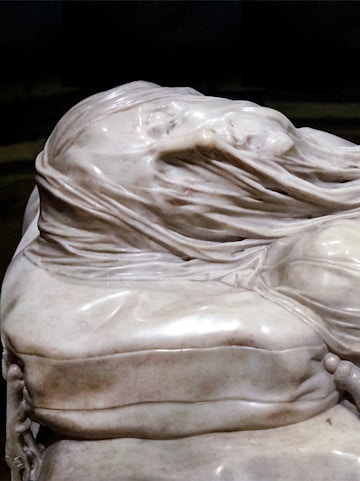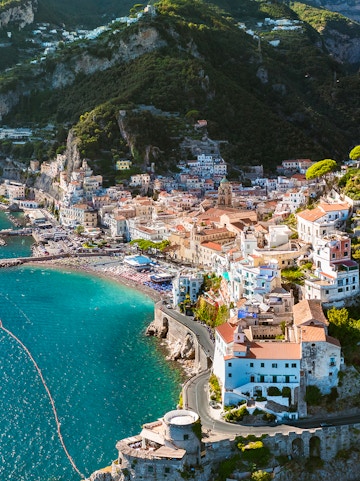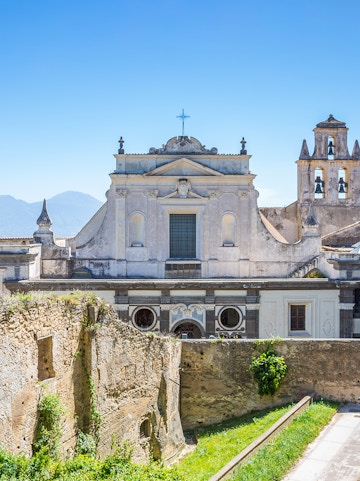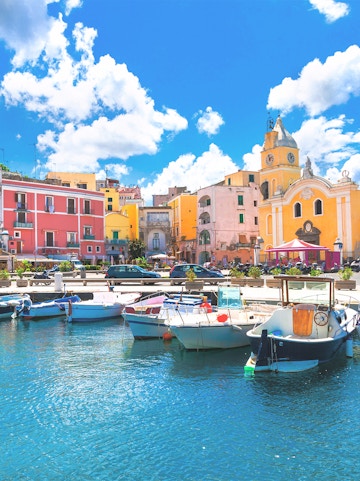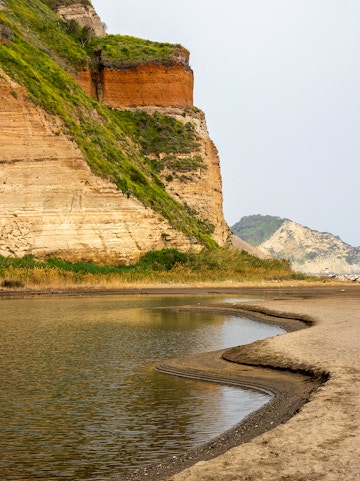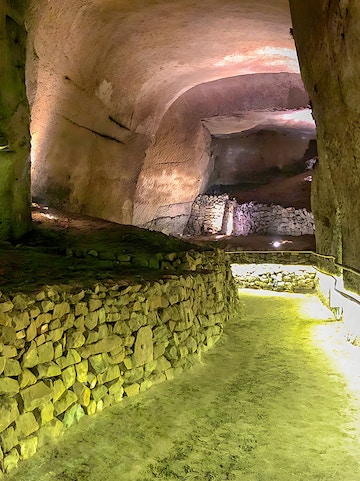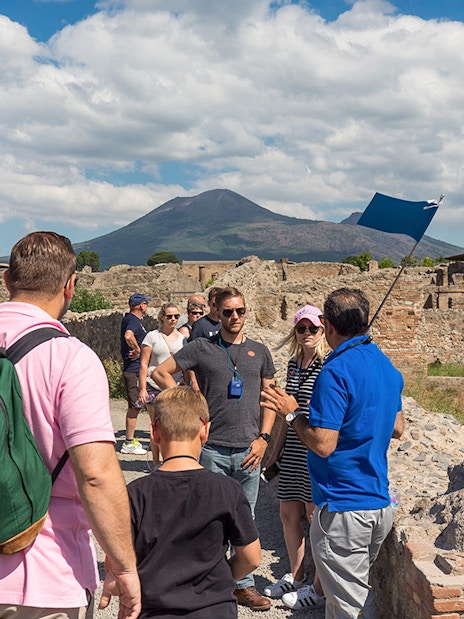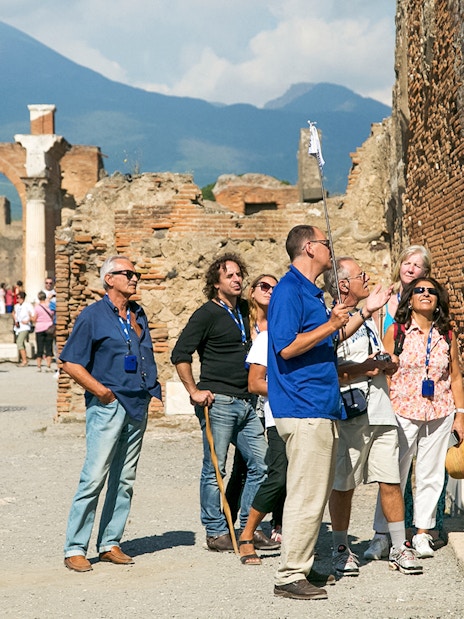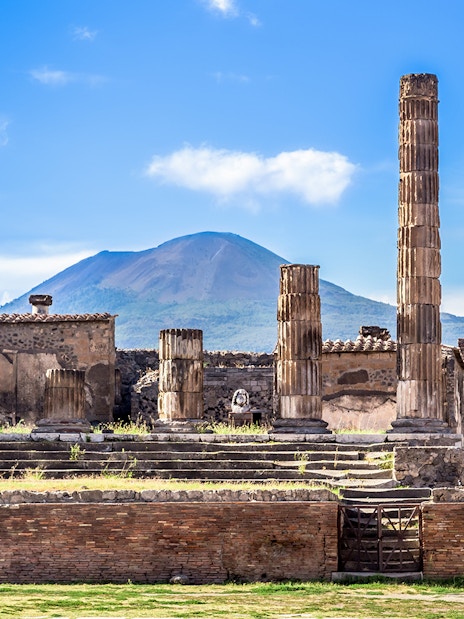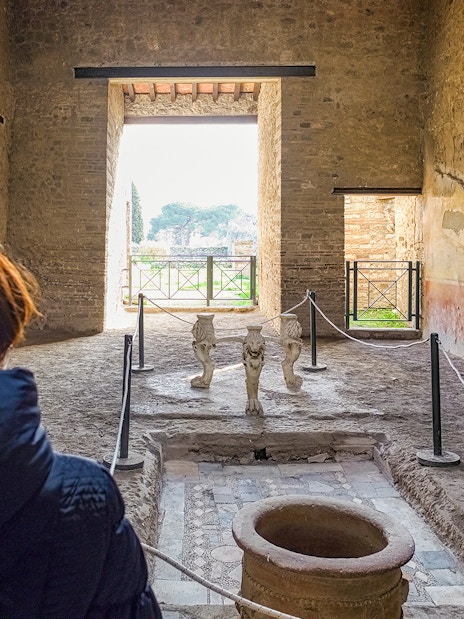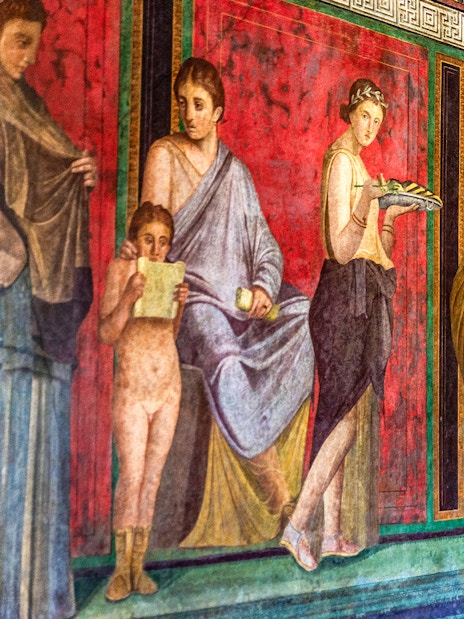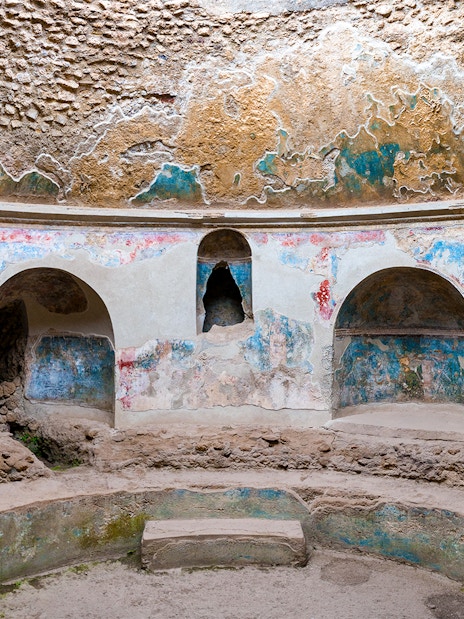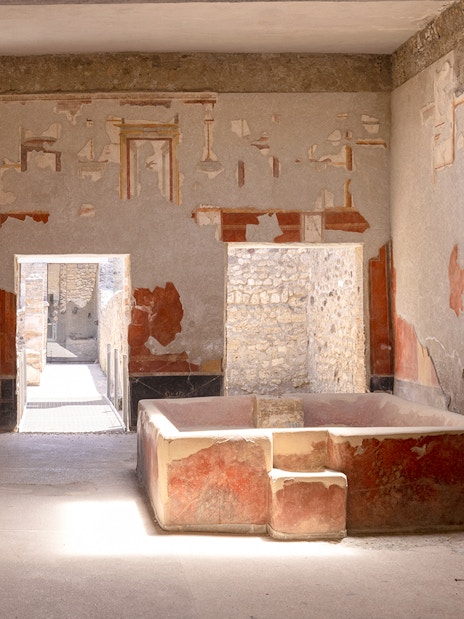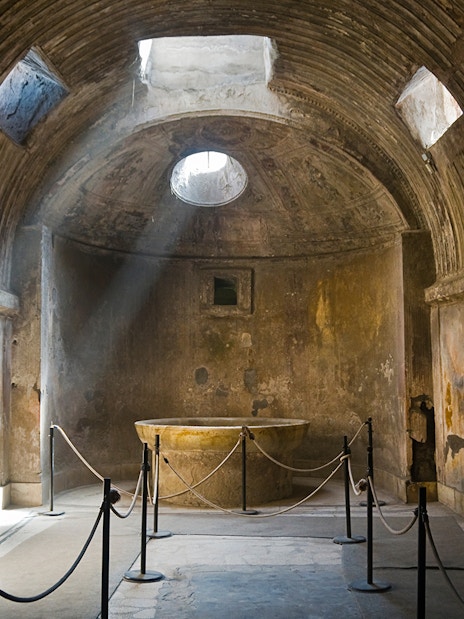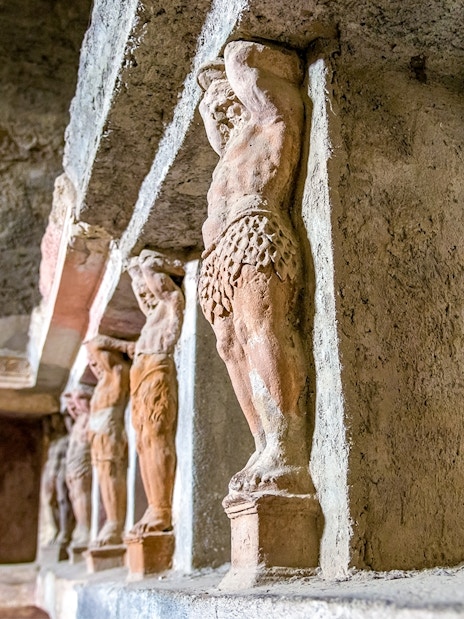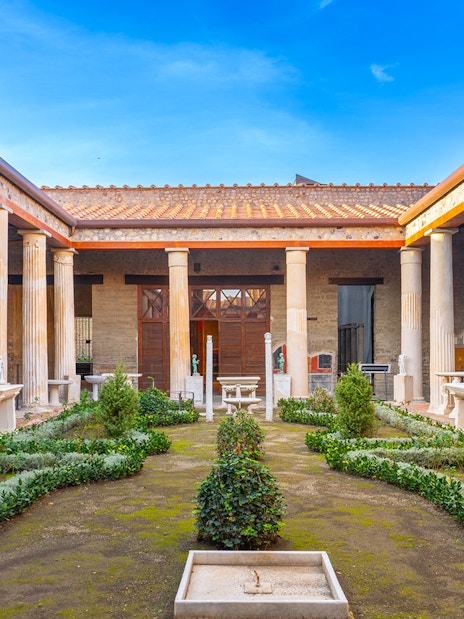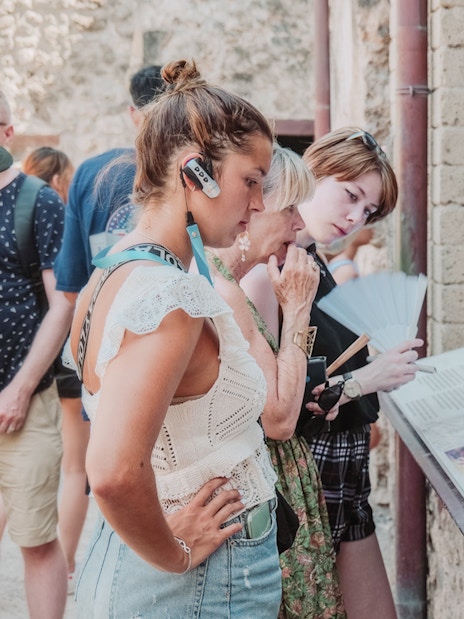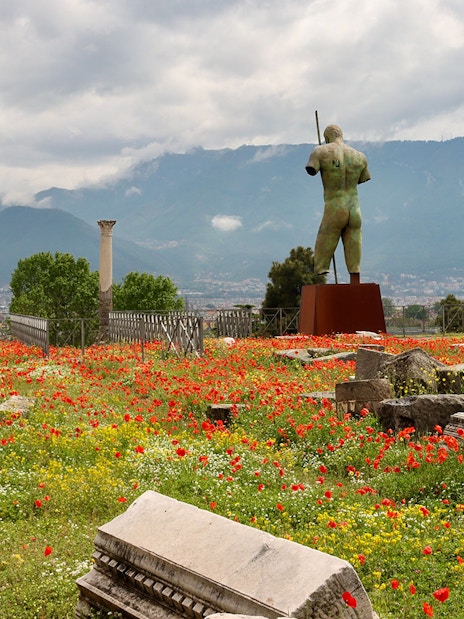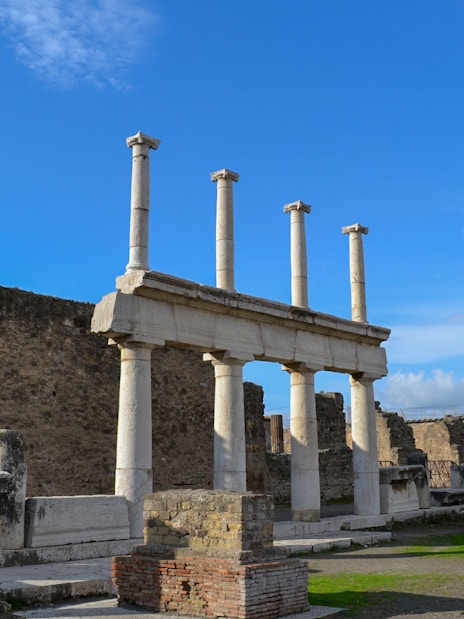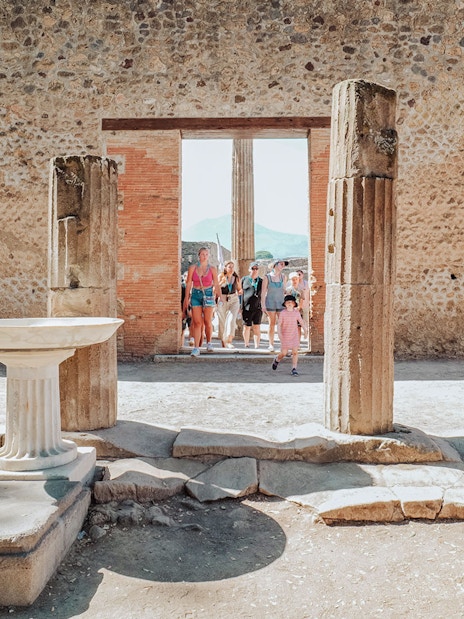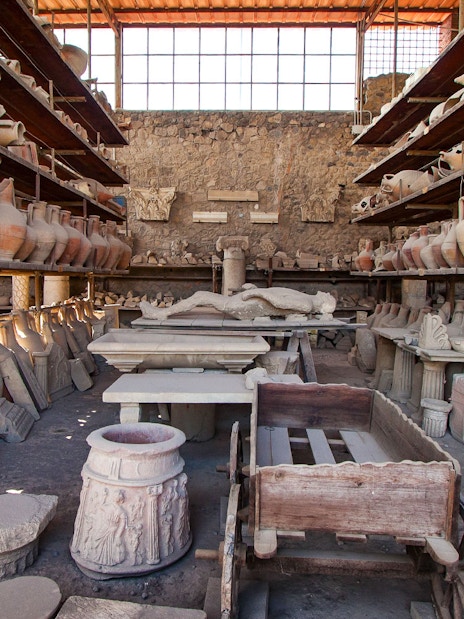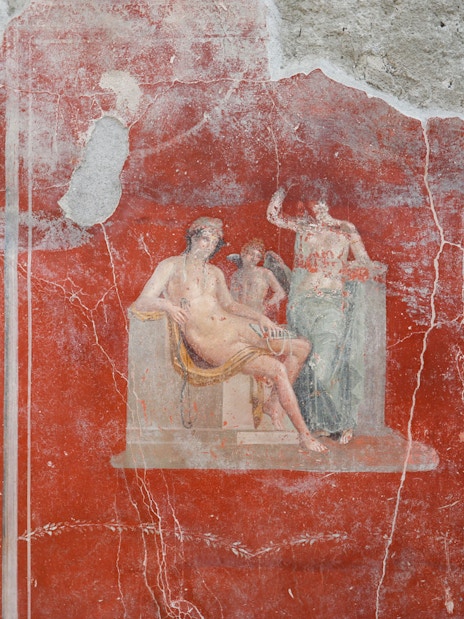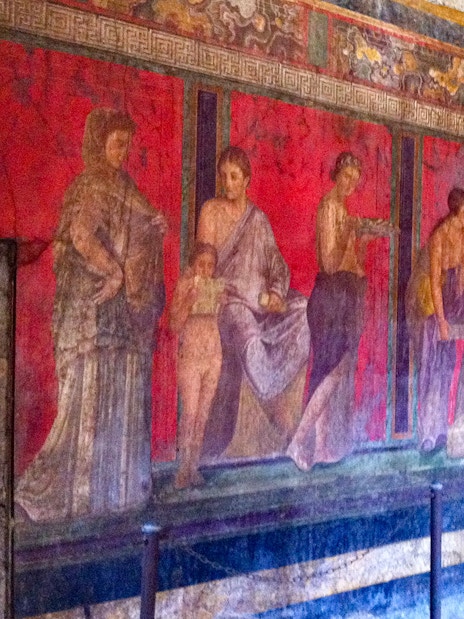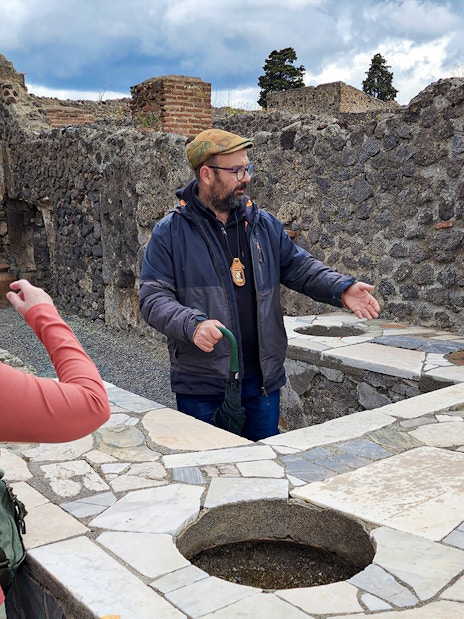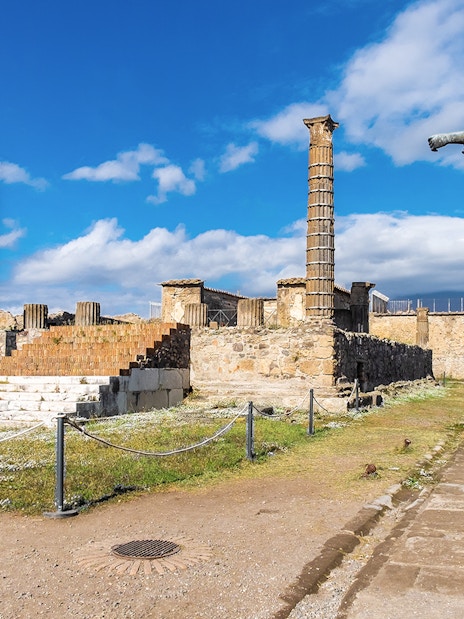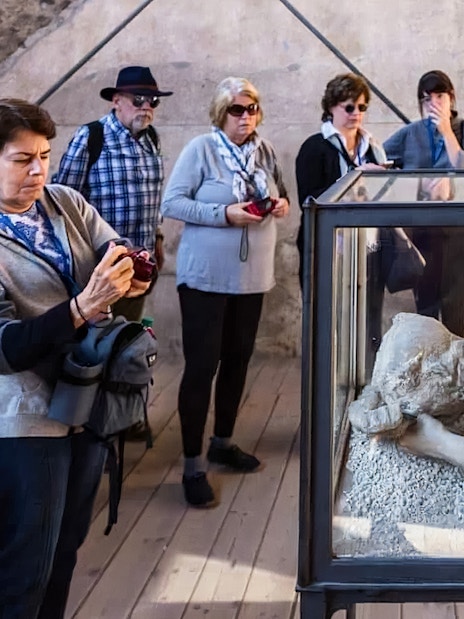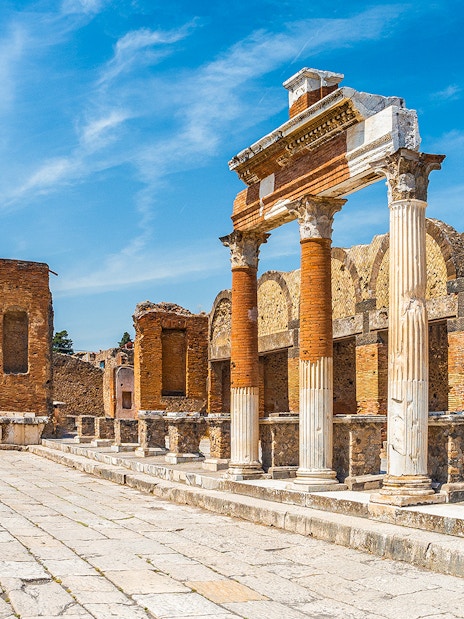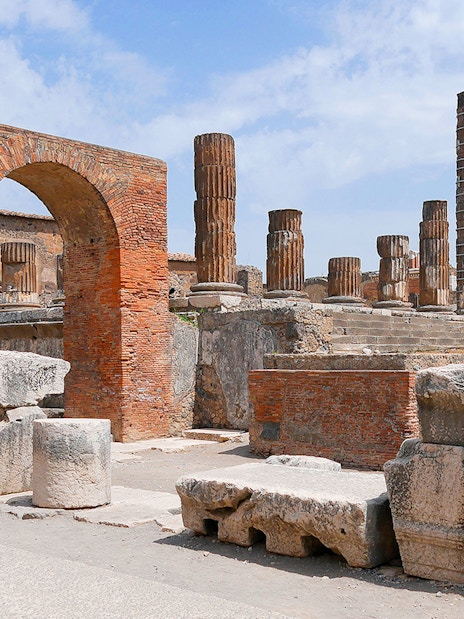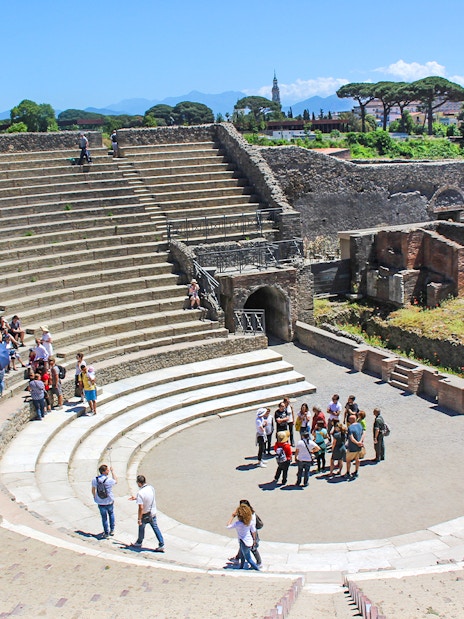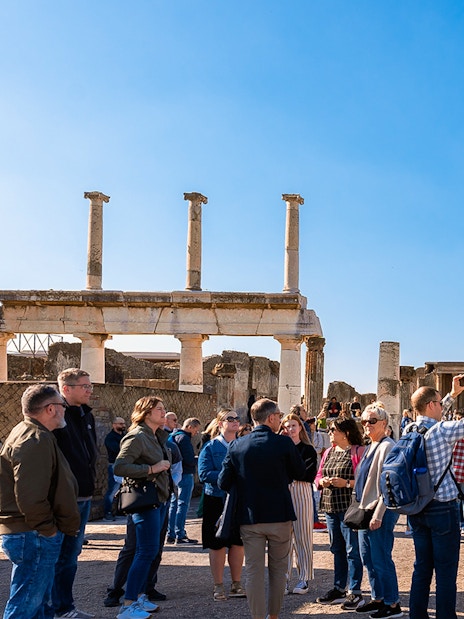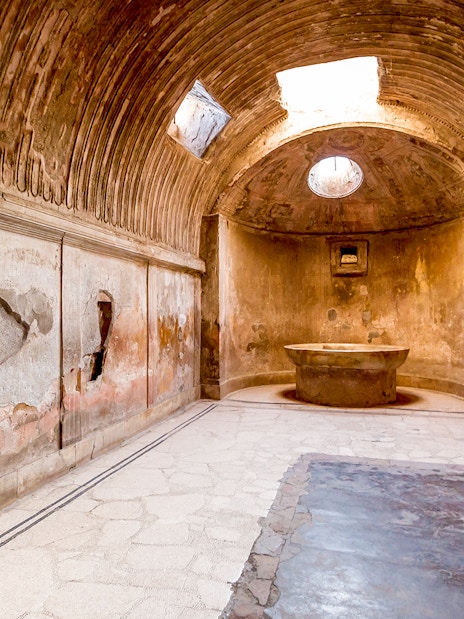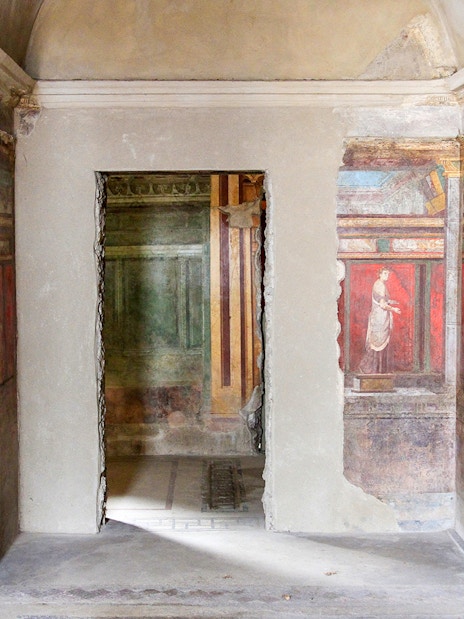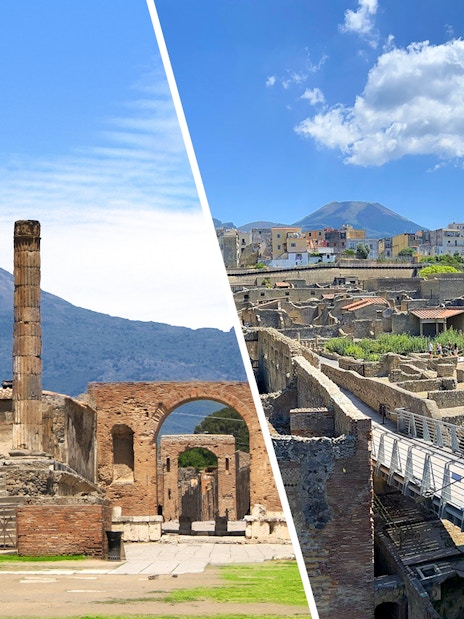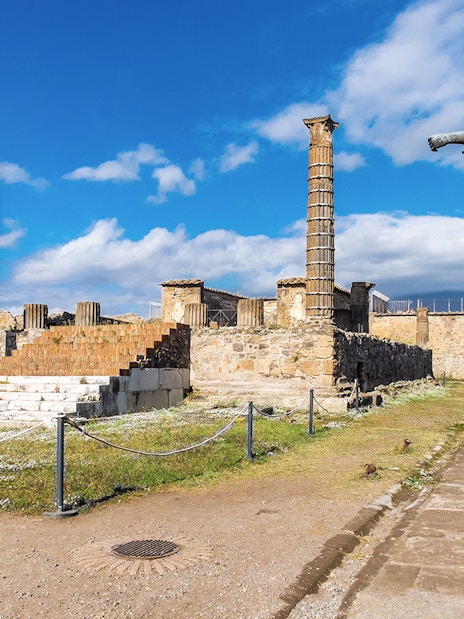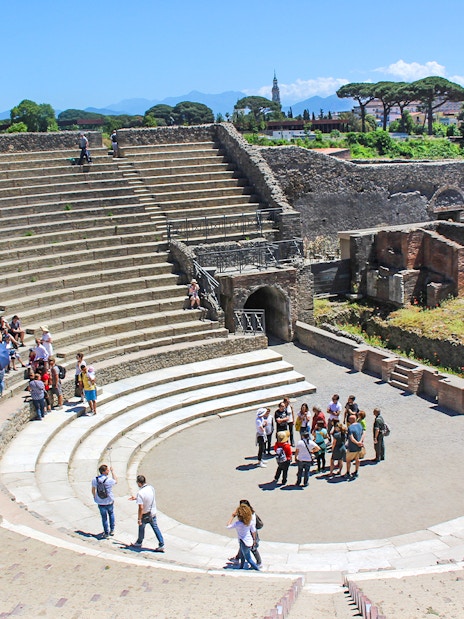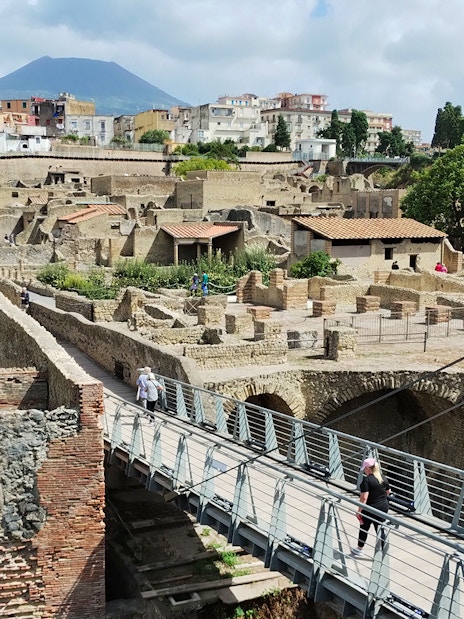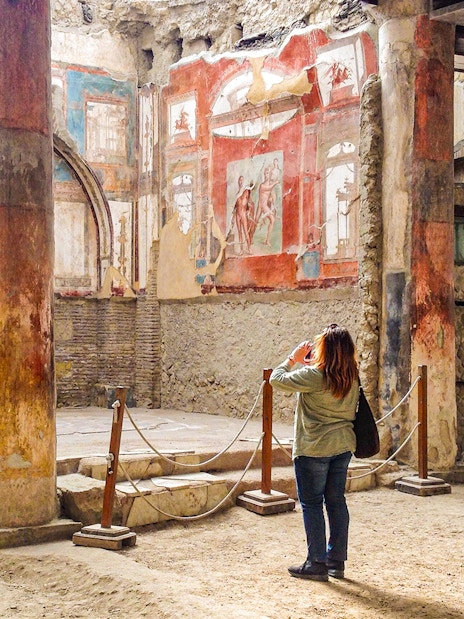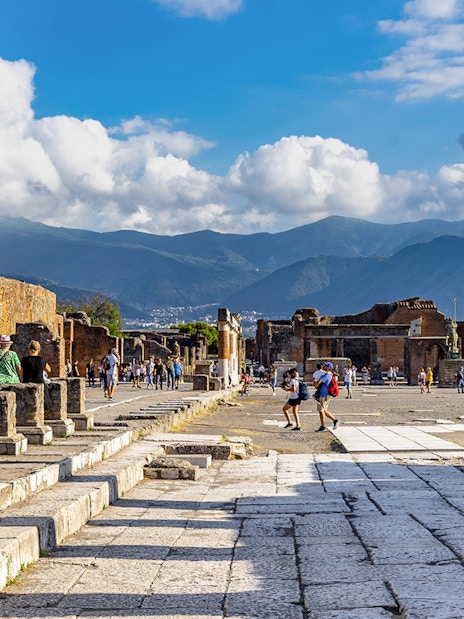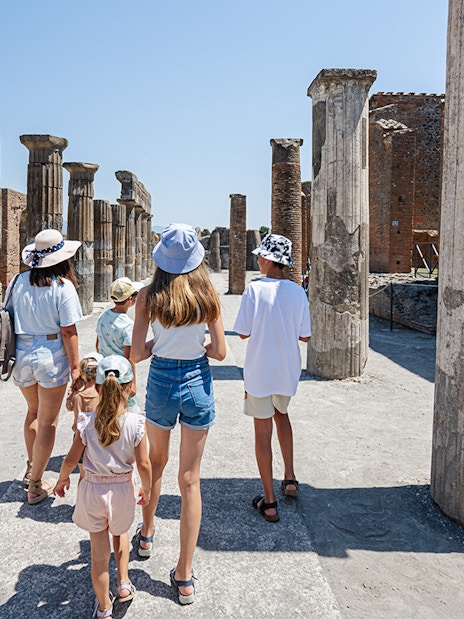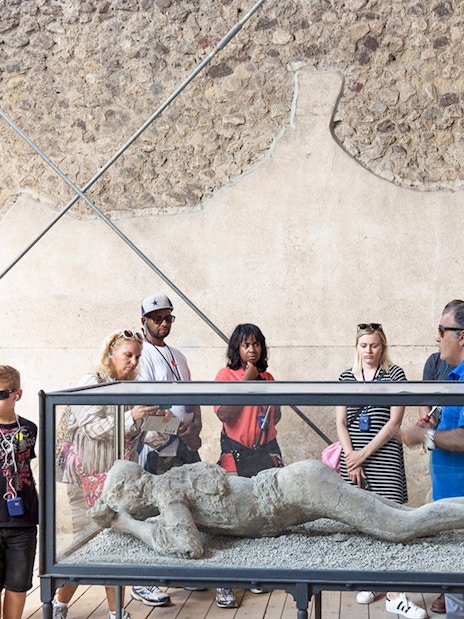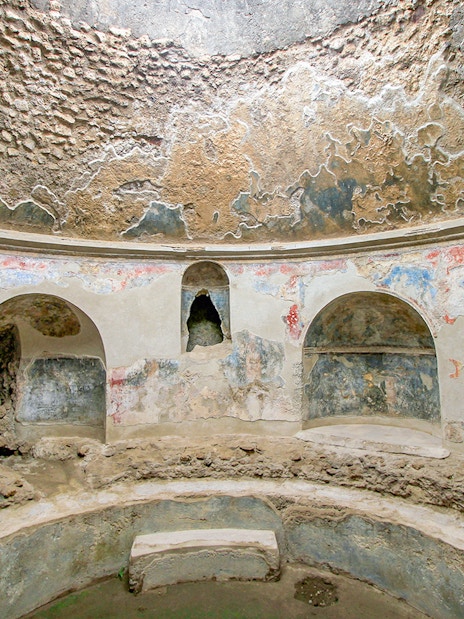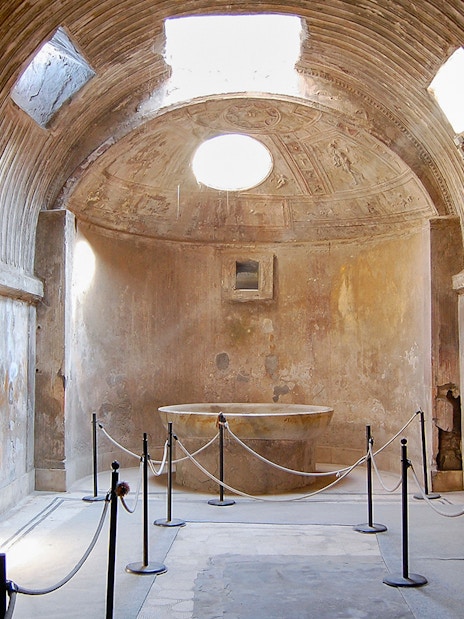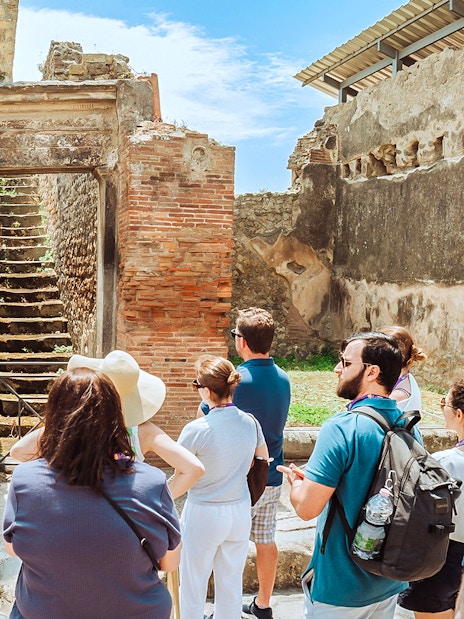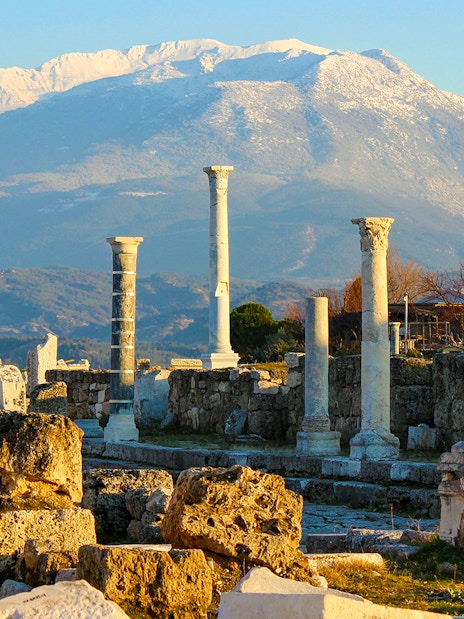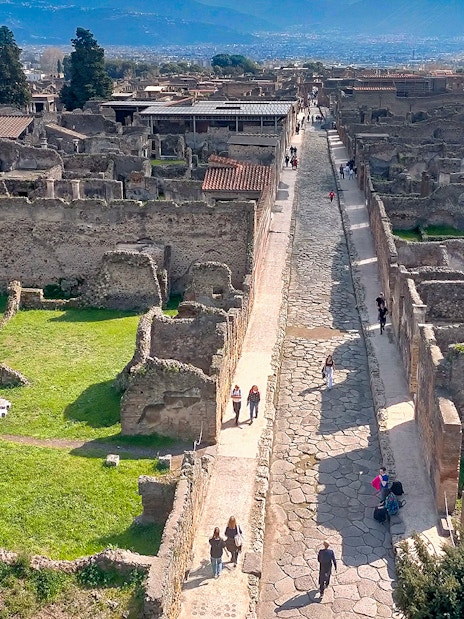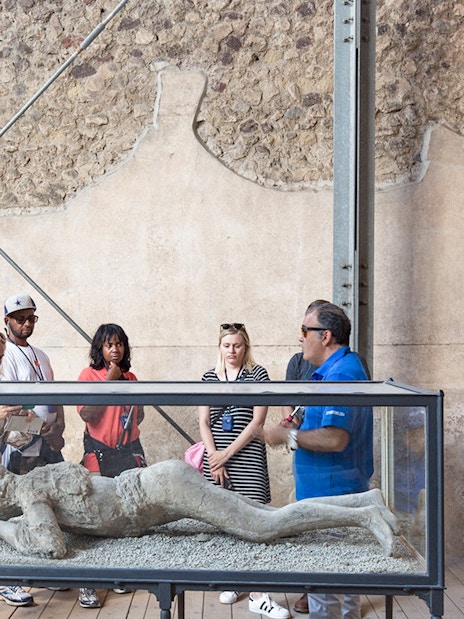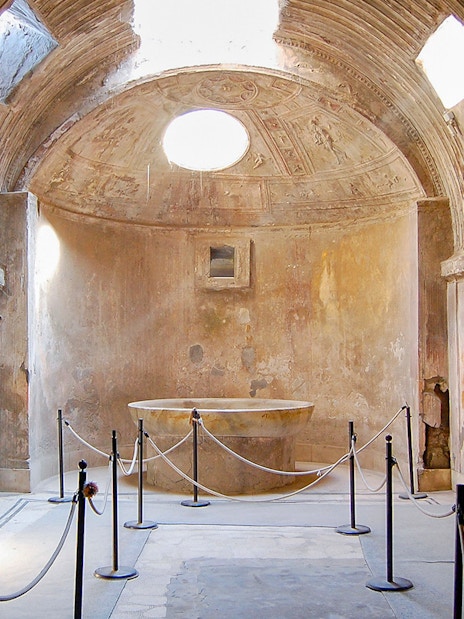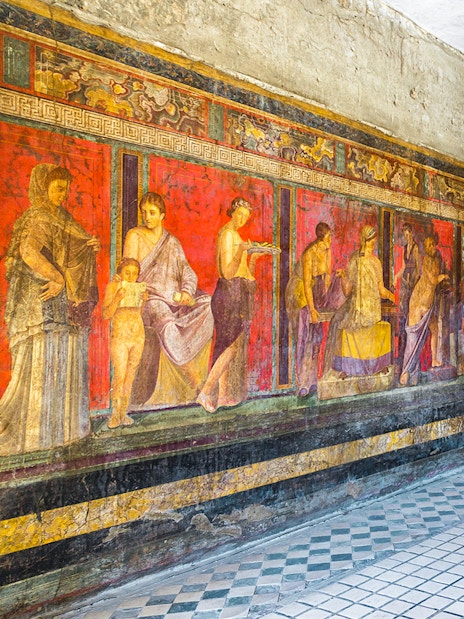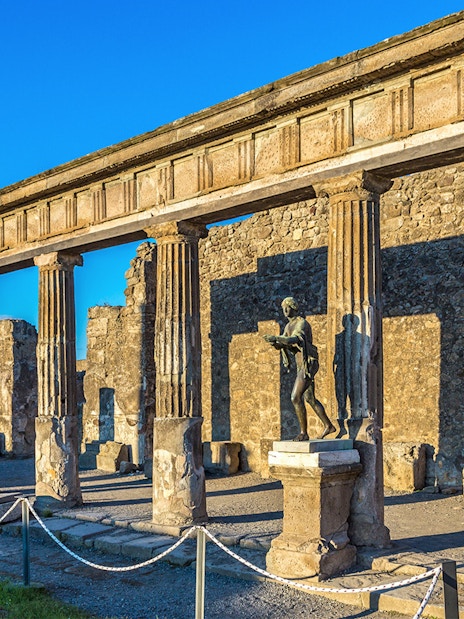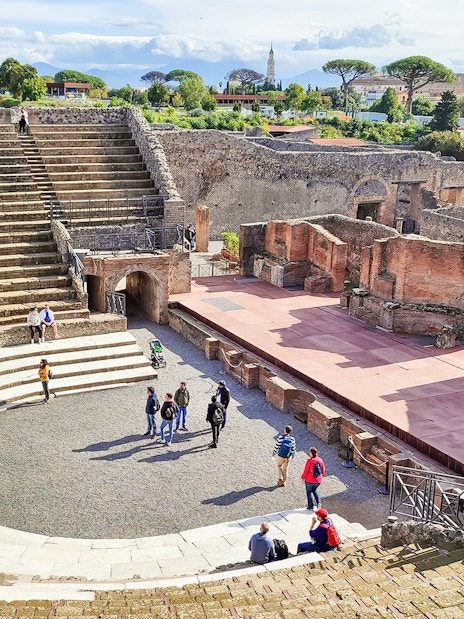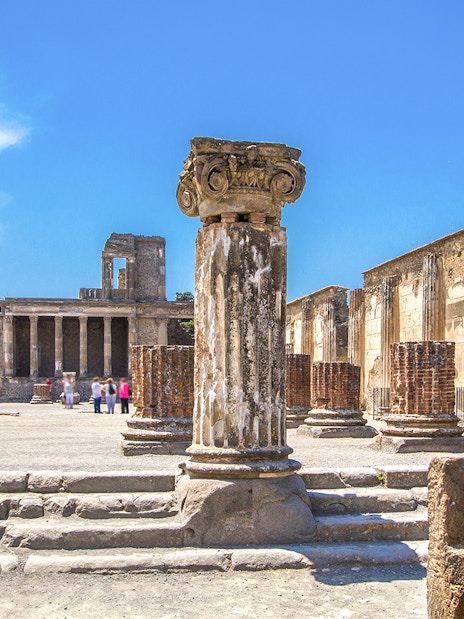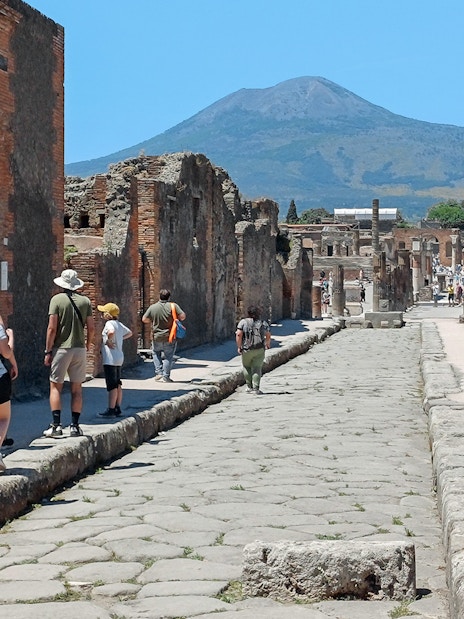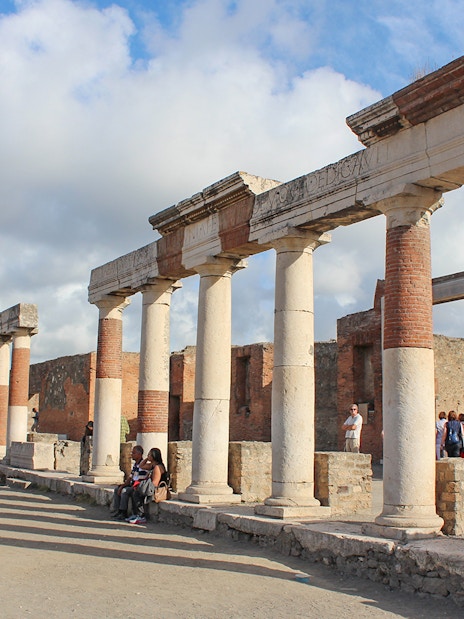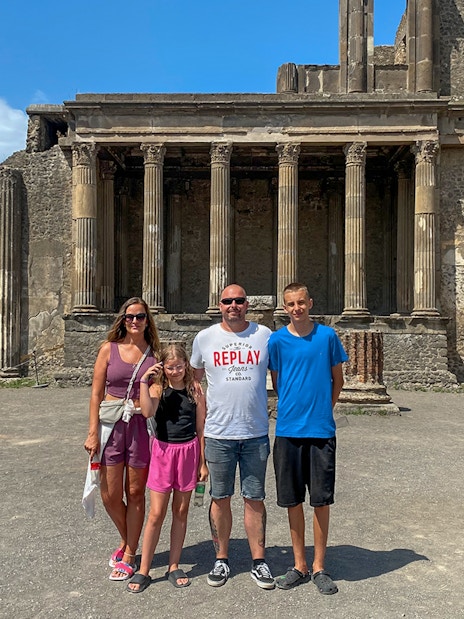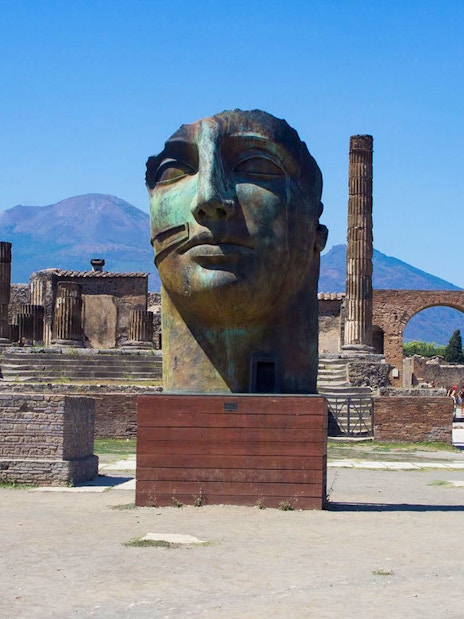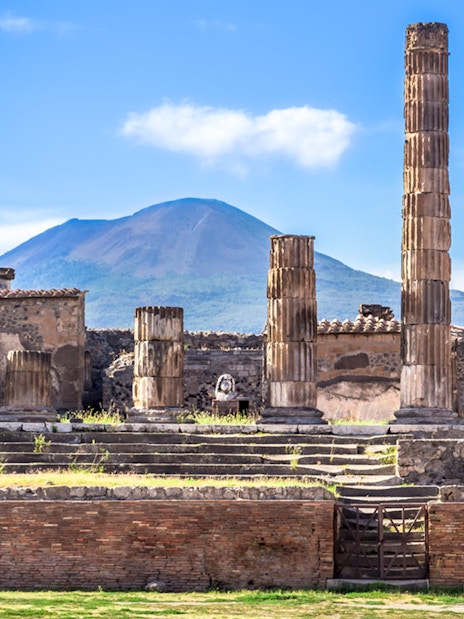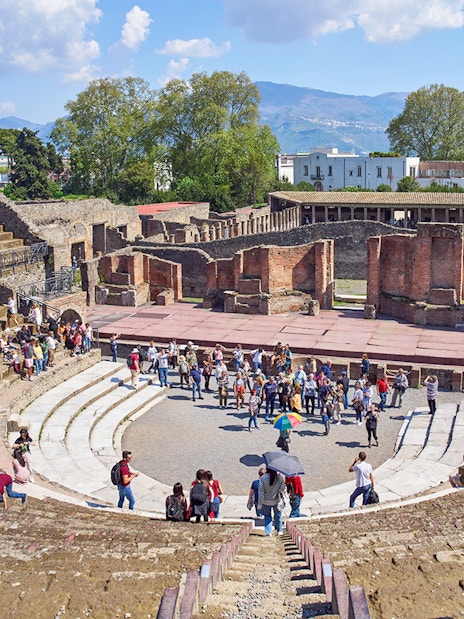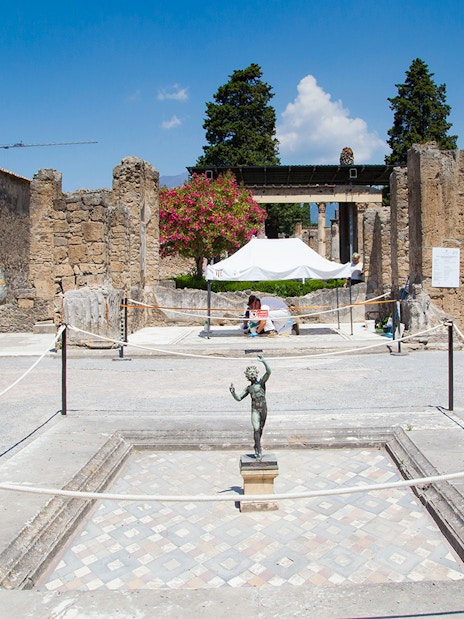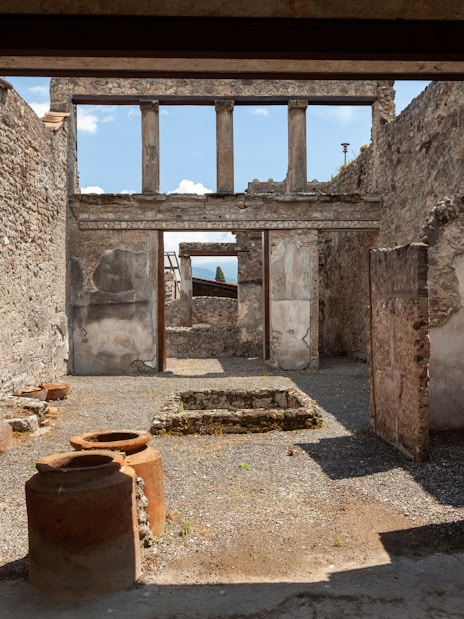Explore with certified guides, archaeologists or historians, fluent in multiple languages and skilled at bringing Pompeii’s ruins and stories to life.
From happy customers
Loved by 45 million+
Janine
United StatesOct 2025
5/5




Our guide was thoughtful and fun, and made learning a great experience. He included the entire group in ways that made the facts stick.
Christine
United StatesOct 2025
5/5






+1 more
Hillary (Ilaria)was fantastic. Knowledgeable. Lots of antidotes which brought the story of Pompeii alive. Thanks from Maryland, USA.
Branka
Oct 2025
5/5




The tour was incredible, worth every penny, especially thanks to our guide Iliana. She explained many facts about life in Pompeii in an interesting way, with humor and interesting information that made it easier for us to walk through the cobblestone streets. She also supervised our group professionally and carefully. I highly recommend this tour.
Patrizia
ItalyOct 2025
5/5


A plunge into the past with Camillo...an experienced and passionate guide....who revealed secrets and many anecdotes related to our language...Also great with the little ones in the group who were less fascinated than us adults.
Jose
ArgentinaOct 2025
5/5






+1 more
The purchase of tickets is very accessible, the attention of the staff is very diligent and they are very friendly, the entrance is immediate, without queues, and they are easy to find, the virtual guides are excellent!
Ricardo
PortugalOct 2025
4/5


It's well worth walking through the streets of Pompeii and learning about its history. The city is well preserved. It's huge. You get a general idea of how people lived back then.
Paul
United KingdomOct 2025
5/5






A fantastic tour with a really knowledgeable guide. An unforgettable experience wandering the ancient streets of Pompeii
Nicolai
Oct 2025
5/5




Mt. Vesuv is such a dominant feature that a peek down into the seemingly dormant (but smoky) crater and a stunning view from the rim is a must. Even on a calm and sunny day it can get very WINDY so bring a sweater, robust shoes (hike boots are nice, but not a necessity) and a windbreaker. Coffee and snacks are available several places en route. You have two hrs to get up to the crater rim which is fine for most people. The audio guide consists of rather short pieces of info and it is not a must. The view over Bay of Napoli and it's islands is stunning!
Down in Pompeii you have roughly one hour for lunch. Plenty of eateries, but expensive, so consider buying lunch in Napoli. A very knowledgeable guide led us around for more than two hours. We missed a bit time on our own, but that could probably have been arranged. The Italian accent of our guide took some time getting used to, but consider dropping the headphones and just stay close to the guide. Be prepared for a long ride back to central Napoli in the rush hour. All in all a beautiful and interesting tour :-)


